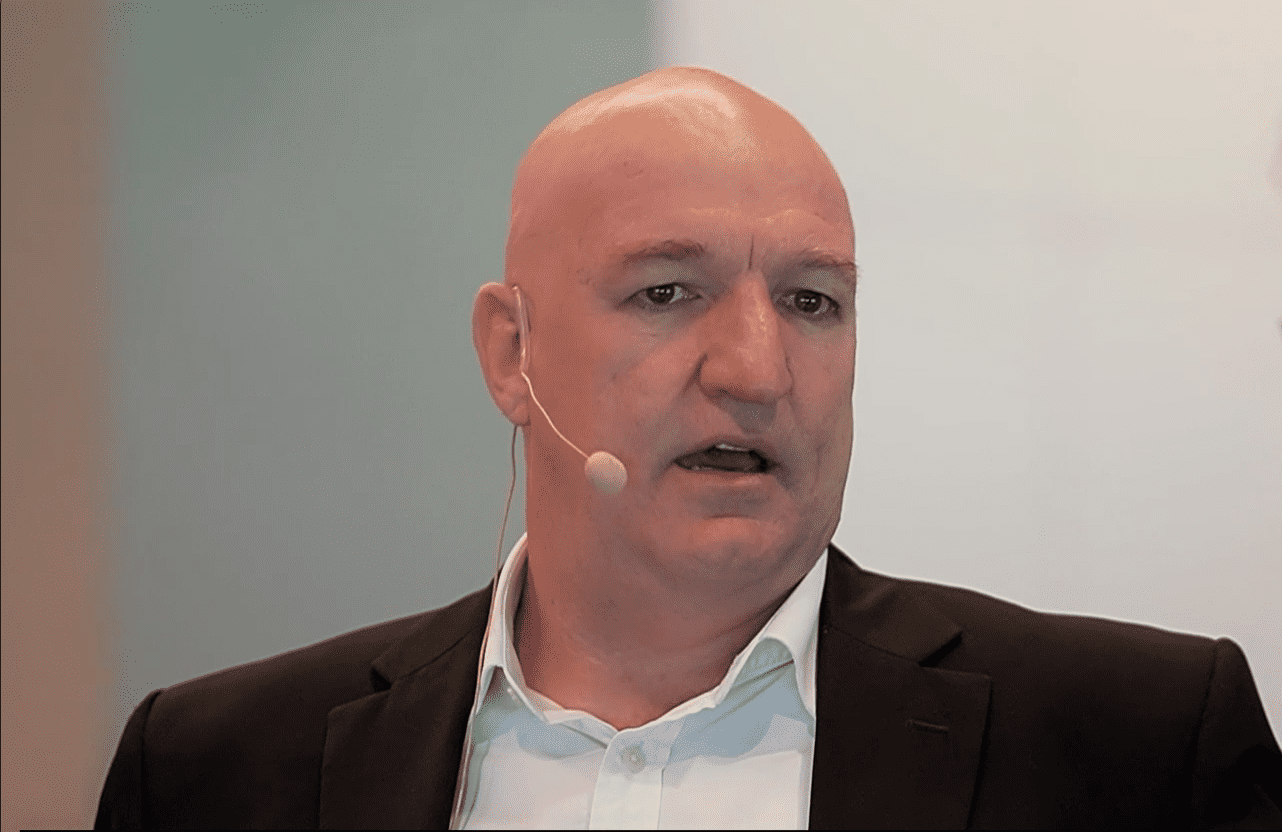Inflation is one of the most painful things when it comes to our personal finances. Inflation eats away at the value of a dollar, or $1 million.
The cost of a lot of things has increased significantly over the last few years, which may be making people eyeing retirement fear how much their nest egg is going to last.
Before we get to how long $1 million can last in retirement, let's look at how much retirees might need to get for a decent life.
Retirement requirements
We all need money in retirement. It's what comes out of our bank account to pay for the essentials, the holidays and everything else.
The Association of Superannuation Funds of Australia's Retirement Standard is a good place to start to understand how much we might need.
It says that for people aged between 65 to 84 that own their own homes, a modest lifestyle would require $31,785 for a single person and $45,808 for a couple.
For a comfortable lifestyle, the suggestion right now is that $50,004 is needed for a single person and $70,482 for a couple.
The stronger the inflation is, the quicker these retirement figures will increase. So, lower inflation is preferable for making a retirement nest egg last longer.
How long could $1 million last in retirement?
For specific, personal advice, it would be a good idea to consult with a financial planner.
I'm going to run through some general thoughts of how I'd think about it.
If we had $1 million sitting in a bank account earning no interest, it would last around 20 years for a single person and 14 years for a couple, assuming no inflation. I don't think that's the right way to go.
These days, we can get a good return from high interest savings accounts and term deposits. At the moment, $1 million could generate at least $50,000 of interest after some good research to find a good option.
A single person's comfortable retirement needs could be taken care of by interest, though inflation would steadily become greater than what is possible with just interest. A couple would steadily need to eat into the capital balance, particularly if interest rates were reduced and term deposit returns declined.
For me, the best thing to do to make money for retirement is invest in ASX shares. Assuming that a retiree doesn't get the pension, I think $1 million can realistically make all the retirement income needed over time.
Good ASX share investments can protect us against inflation because they can deliver profit and dividend growth that's (hopefully) faster than inflation over time.
Assuming we made the right investments, a $1 million portfolio could last forever and keep delivering growth.
Two different strategies
If I were a retiree, I'd consider one of two strategies.
One option would be to go for a portfolio of ASX dividend shares that could deliver a strong dividend yield and pay all of the income needs. I'd think about dividend names with a mixture of yields like Washington H. Soul Pattinson and Co. Ltd (ASX: SOL), Brickworks Limited (ASX: BKW), Wesfarmers Ltd (ASX: WES), Metcash Ltd (ASX: MTS), GQG Partners Inc (ASX: GQG) and Shaver Shop Group Ltd (ASX: SSG). Diversification is important.
A combination of ASX dividend shares could create a grossed-up dividend yield of 7% and pay for a retiree's income needs in year one. I believe that the names I mentioned can deliver long-term annual profit/dividend growth that will at least match inflation.
The other strategy to think about is ASX shares which could deliver good capital growth.
If the $1 million portfolio were to grow by an average of 10% per annum, which the global share market has averaged over the long term, it'd add $100,000 in value in year one. Though returns don't follow the averages, each year could be materially above or below 10%.
We could sell $70,482 of that gain, being the comfortable couple retirement spending figure, and still have some gains left over. The share market can be volatile and go down 5%, 10% or even more, so we can't guarantee positive growth every single year. In other years it might show growth of say 15%.
Personally, for the growth option, I'd go for quality-based exchange-traded funds (ETFs) that are diversified and could be capable of delivering stronger returns than 10% per annum over time.
For example, Vaneck Morningstar Wide Moat ETF (ASX: MOAT) has delivered an average return per annum of 16.7% over the past five years and VanEck MSCI International Quality ETF (ASX: QUAL) has returned an average of 14.9% per annum over the last five years (after the COVID-19 and interest rate volatility).
We can't assume (at all) that levels of returns will be the same going forward, but these two ASX ETFs have good track records, and I think their investment styles will lead to good returns going forward. I recently wrote about both of these great ASX ETFs in this article.









